The Southern Ocean, a vast and frigid expanse surrounding Antarctica, is home to one of the most critical yet often overlooked creatures in the marine ecosystem—the Antarctic krill. These small, shrimp-like crustaceans may seem insignificant at first glance, but they play a pivotal role in sustaining the delicate balance of life in one of the planet's most extreme environments. Without them, the entire food web of the Southern Ocean would collapse, affecting everything from tiny plankton to the largest whales.
Antarctic krill, scientifically known as Euphausia superba, thrive in the cold, nutrient-rich waters of the Southern Ocean. They form massive swarms that can stretch for kilometers, turning the ocean into a living, pulsing entity. These swarms are not just a spectacle; they are a vital food source for a myriad of marine species. From fish and squid to seals and penguins, countless predators rely on krill as their primary sustenance. Even the colossal blue whale, the largest animal to have ever lived, depends almost entirely on these tiny creatures for survival.
The importance of krill extends beyond their role as a food source. They are also key players in the ocean's carbon cycle. By feeding on phytoplankton near the surface and excreting waste at deeper levels, krill help transport carbon from the atmosphere to the ocean floor. This process, known as the biological pump, is crucial for mitigating climate change. Without krill, the ocean's ability to sequester carbon would be significantly diminished, exacerbating global warming.
Despite their ecological significance, Antarctic krill face growing threats from human activities. Commercial fishing operations target krill for use in aquaculture feed, nutritional supplements, and even pharmaceuticals. While regulated by international agreements, these fisheries pose a risk to krill populations, especially as climate change alters their habitat. Warming ocean temperatures and melting sea ice disrupt the delicate conditions krill need to survive, potentially leading to population declines with cascading effects throughout the ecosystem.
Scientists and conservationists are increasingly calling for stronger protections for Antarctic krill. Marine protected areas (MPAs) and stricter fishing quotas are among the proposed measures to safeguard these vital organisms. The challenge lies in balancing economic interests with ecological preservation. As the foundation of the Southern Ocean's food web, the fate of krill is inextricably linked to the health of the entire marine ecosystem—and, by extension, the planet.
The story of Antarctic krill is a reminder of how interconnected life on Earth truly is. These unassuming creatures, often no larger than a paperclip, hold the key to the survival of countless species and the stability of our climate. Protecting them is not just an environmental imperative; it is a necessity for the future of our planet. As we continue to explore and exploit the oceans, we must remember that even the smallest organisms can have the greatest impact.
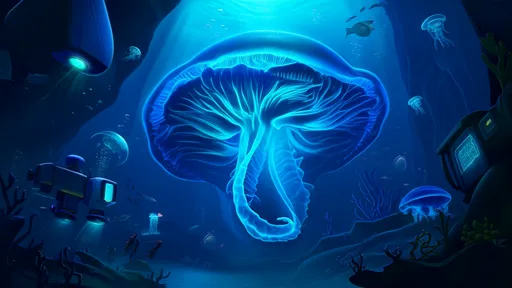
By /Jun 10, 2025
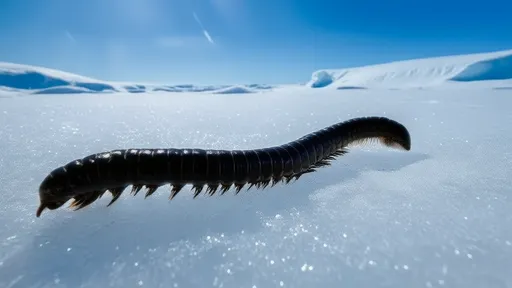
By /Jun 10, 2025
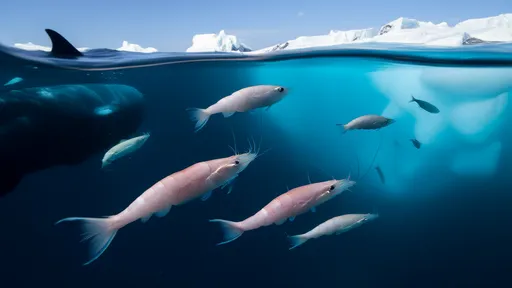
By /Jun 10, 2025
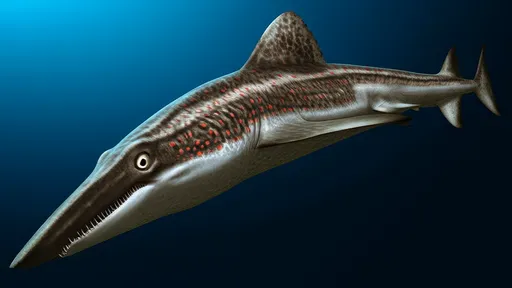
By /Jun 10, 2025
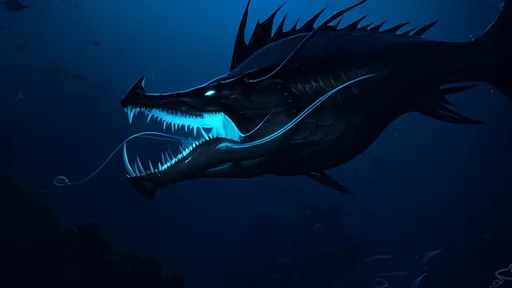
By /Jun 10, 2025
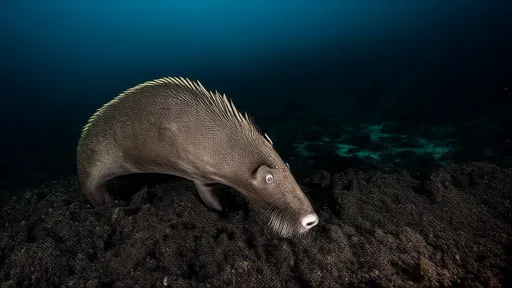
By /Jun 10, 2025
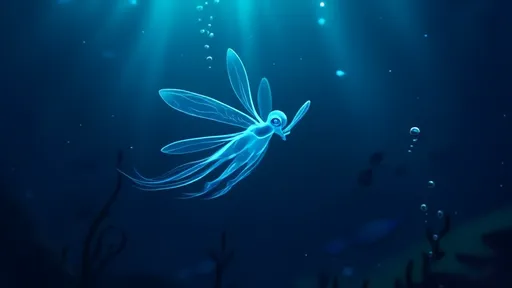
By /Jun 10, 2025
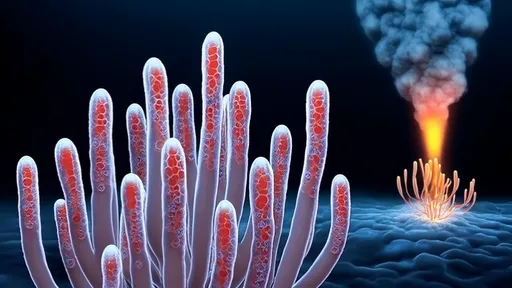
By /Jun 10, 2025
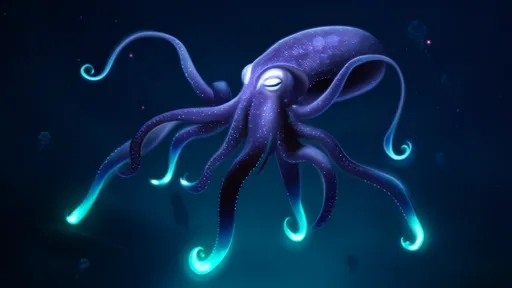
By /Jun 10, 2025
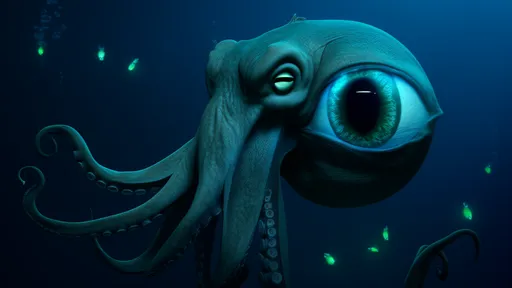
By /Jun 10, 2025
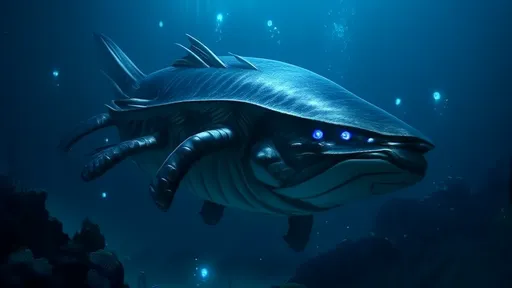
By /Jun 10, 2025
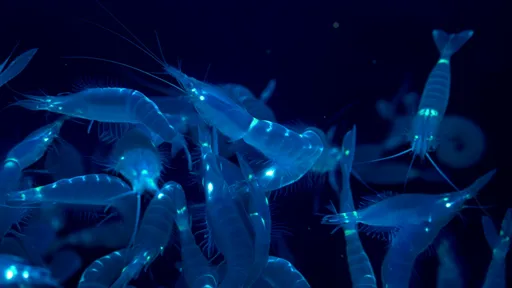
By /Jun 10, 2025
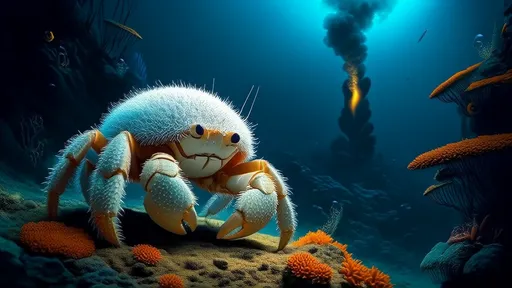
By /Jun 10, 2025
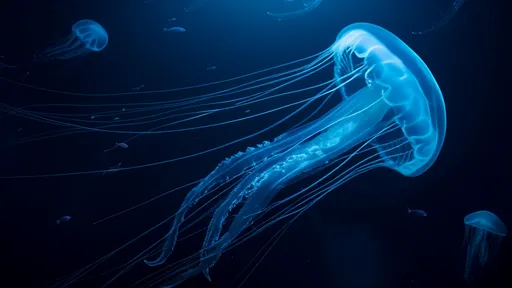
By /Jun 10, 2025
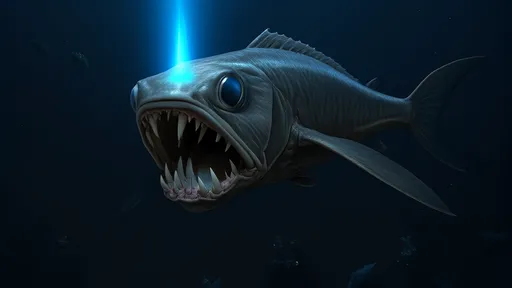
By /Jun 10, 2025